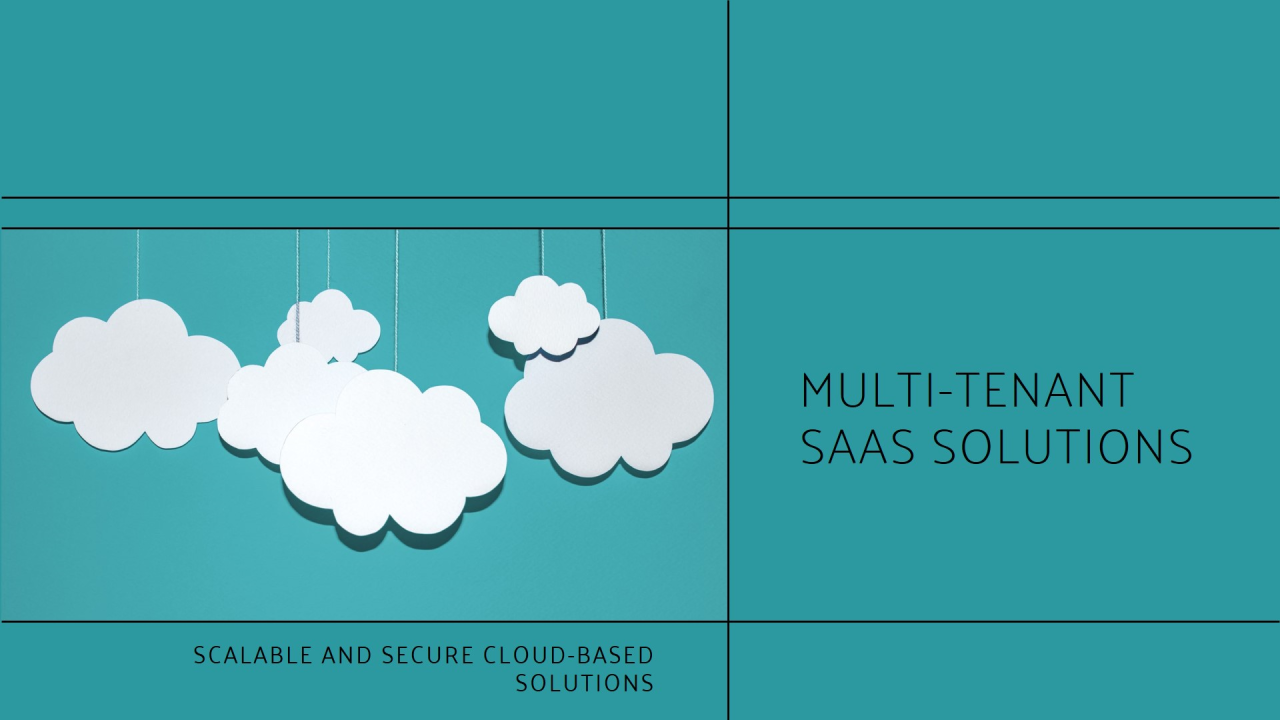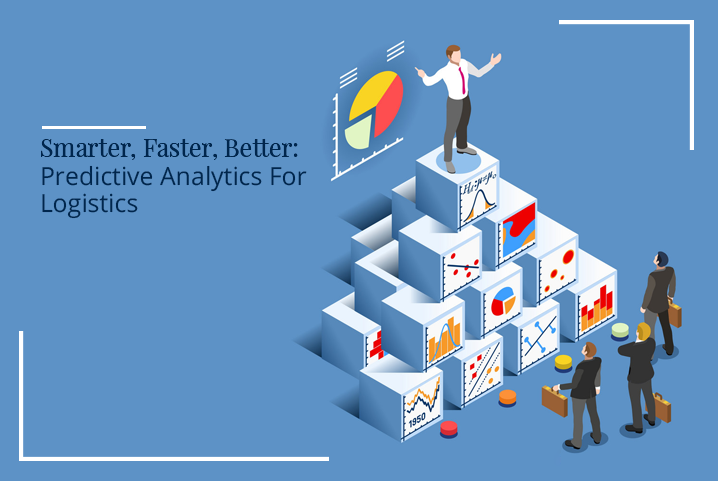Protecting Your SaaS Business You’re building a SaaS business – a fantastic achievement! 🎉 Rapid growth, expanding customer base, and a promising future, it’s an exciting time. But with that growth comes increased responsibility – especially when it comes to cybersecurity. Data breaches aren’t just costly; they can devastate your reputation and erode customer trust.… Continue reading The Key Vulnerabilities That Matter
Category: SaaS Platform Engineering
Evolution of Headless SaaS Platforms
As a service provider to B2B SaaS & Digital Native businesses, we have been observing headless architecture or API-first SaaS platforms gaining a lot of traction. Unlike traditional SaaS, which integrates both layers tightly, headless SaaS platforms empower businesses to deliver tailored experiences across multiple platforms while streamlining development and reducing dependency on monolithic architectures.… Continue reading Evolution of Headless SaaS Platforms
Strategic SaaS Platform Architecture for Pricing Success
Exploring how the architecture of a SaaS platform can directly influence pricing strategies and success. Understanding the Role of SaaS Platform Architecture in Pricing The architecture of a Software as a Service (SaaS) platform plays a crucial role in determining pricing strategies and ultimately, the success of the platform. The way the platform is designed… Continue reading Strategic SaaS Platform Architecture for Pricing Success
Best Practices for Multitenant SaaS Architecture
Explore the best practices for designing and implementing a multitenant SaaS architecture to enhance scalability, efficiency, and cost-effectiveness. Tenancy Models Tenancy models in a multitenant SaaS architecture refer to the different ways in which tenants are organized and managed. There are several common tenancy models, including: Shared Database – In this model, multiple tenants share… Continue reading Best Practices for Multitenant SaaS Architecture
Going NoSQL
NoSQL database offer great power to developers and organizations in form of fluidity of data definition and data structure. However like any other transition, moving from relational databases to NoSQL also requires a mindset shift and if you do not stop thinking relational, you may land in more problems than the one you are trying to solve by using NoSQL. This post tries to provide some pointers to catalyze such transition.
Not Just Business, Digital Has Broadened Outsourcing Too: Is Outsourcing Your Best Decision in 2020?
Few things have as broad an impact on customer behavior as technological evolution. For instance, barely a decade ago, booking flight tickets was a time-consuming exercise. Even an inquiry, let alone booking, would require a trip to the travel agent. But thanks to our smartphone, we can now book flight tickets with just a few clicks.
Top BI Trends That Will Dominate 2020
The 20-10s have been a decade of extraordinary digital evolution. At the start of the decade, the internet was still not penetrated into all sectors. In 2010, the total number of internet users was 1.97 billion. This figure has increased by almost 3 times by the end of this decade. Today, there are over 4.39 billion internet users in the world.
Why Technology Modernization Is The Only Way Ahead For ISVs
Today, every business is transforming into a digital business; thanks to the revolution caused by the latest technologies. Conventionally, enterprises only used to leverage the innovation abilities of ISVs to provide solutions to their clients. However, as the technological landscape is advancing, the enterprises are trying to incorporate their own innovations in their offerings.
Is the Present Stack of Application Security Good Enough?
Mobile application security has become a prime issue today, especially when the majority of businesses are investing considerable resources in making their workforce more active and productive. The trend of Bring Your Own Device (BYOD) has undoubtedly benefitted organizations by offering higher work efficiencies and employee comfort but has also brought along an inevitable downside in the form of peppy vulnerabilities that organizations need to address promptly.
Advancement in Predictive Analytics for Smart logistics
We can’t foresee the future events and analyze their outcomes, but what we can do is use all of our current digital capacities to gather and analyze past-data to draw insights into the future. In data science terminology, this process is termed as predictive analytics, and it is now widely adopted in sizeable heterogeneous business networks for greater transparency.













